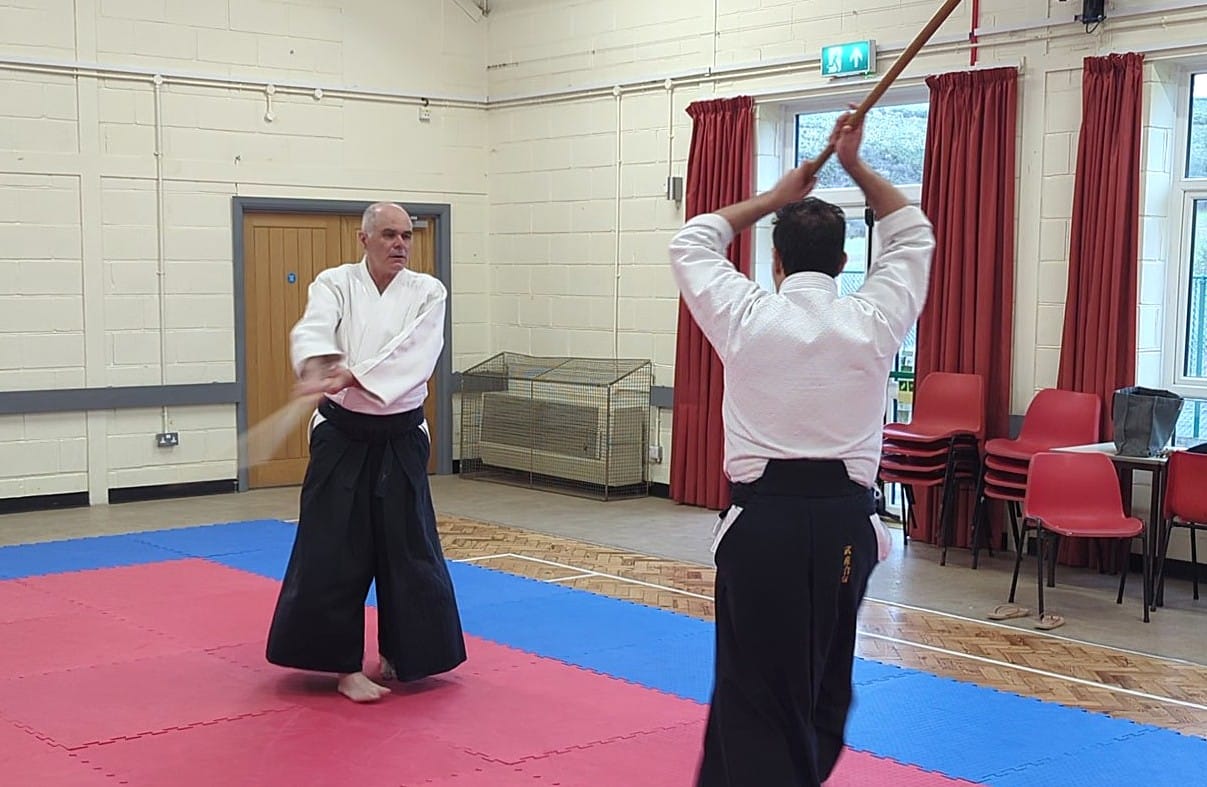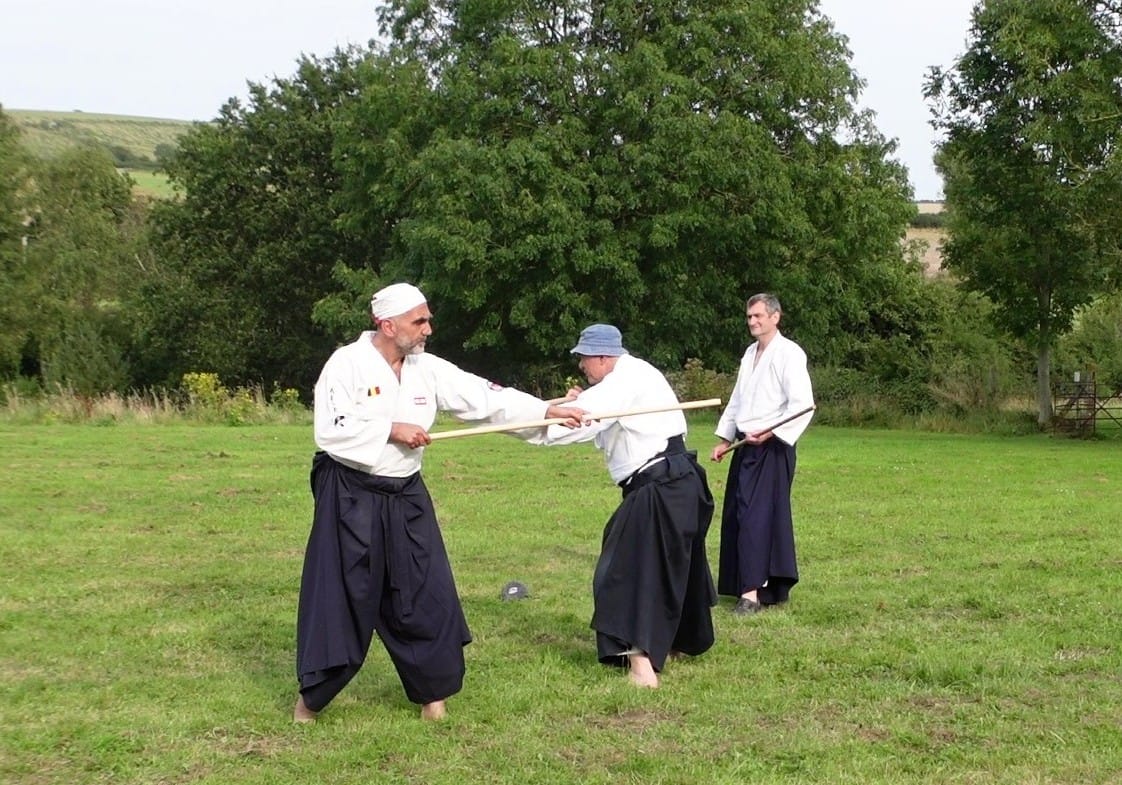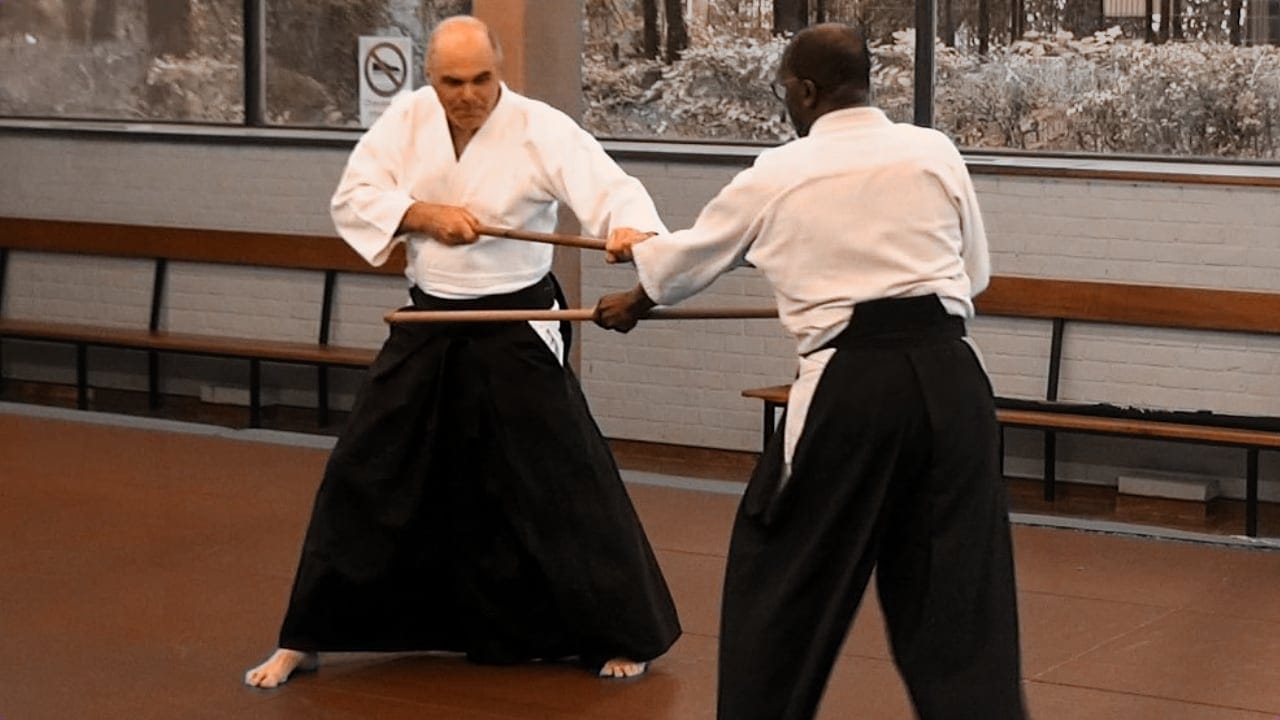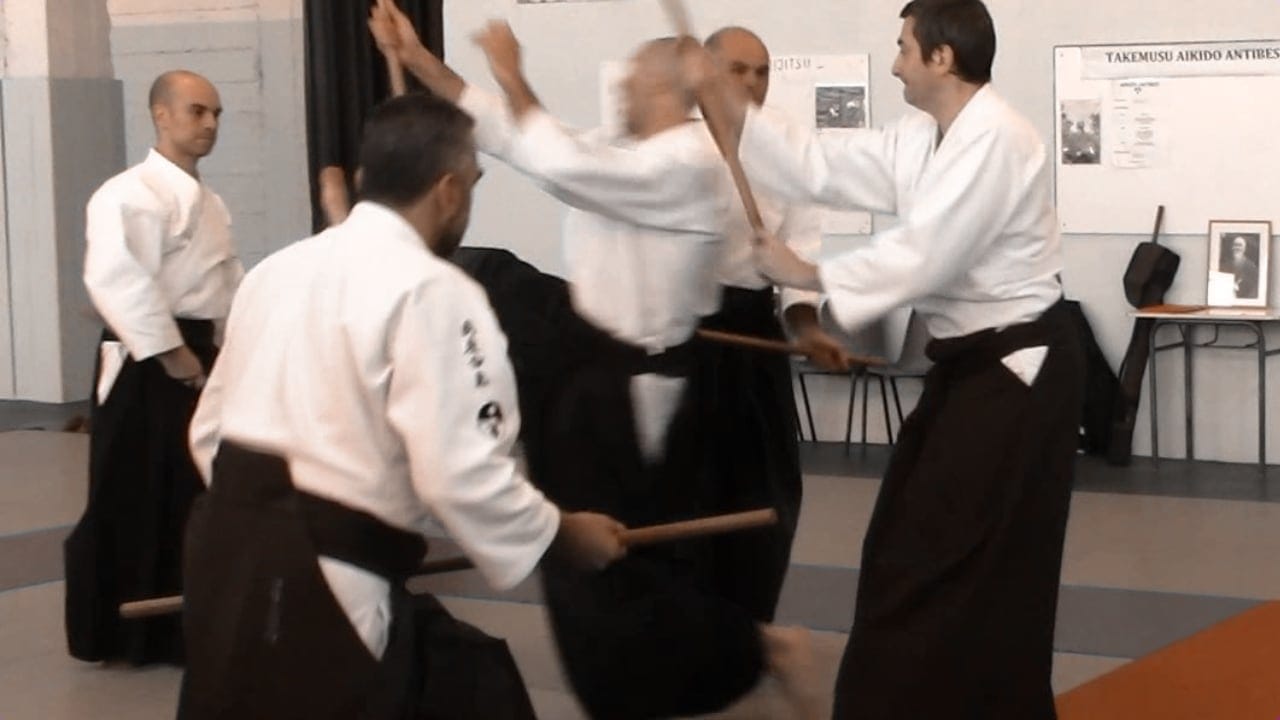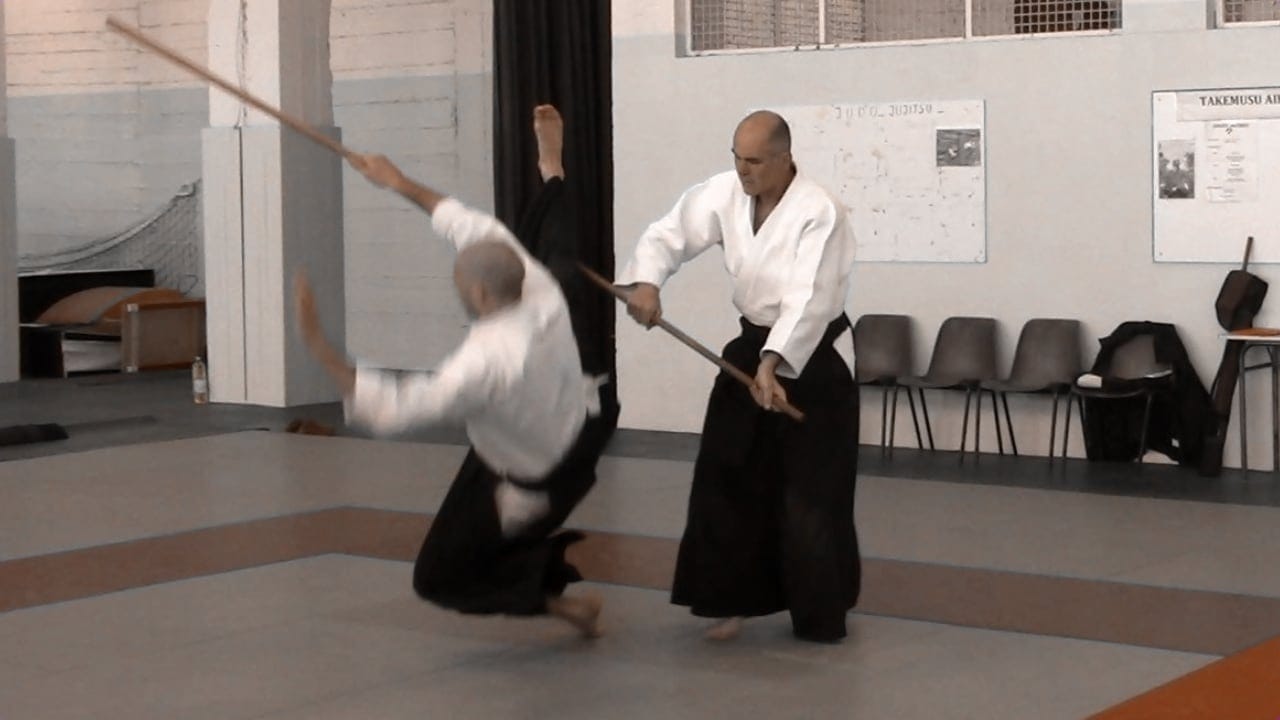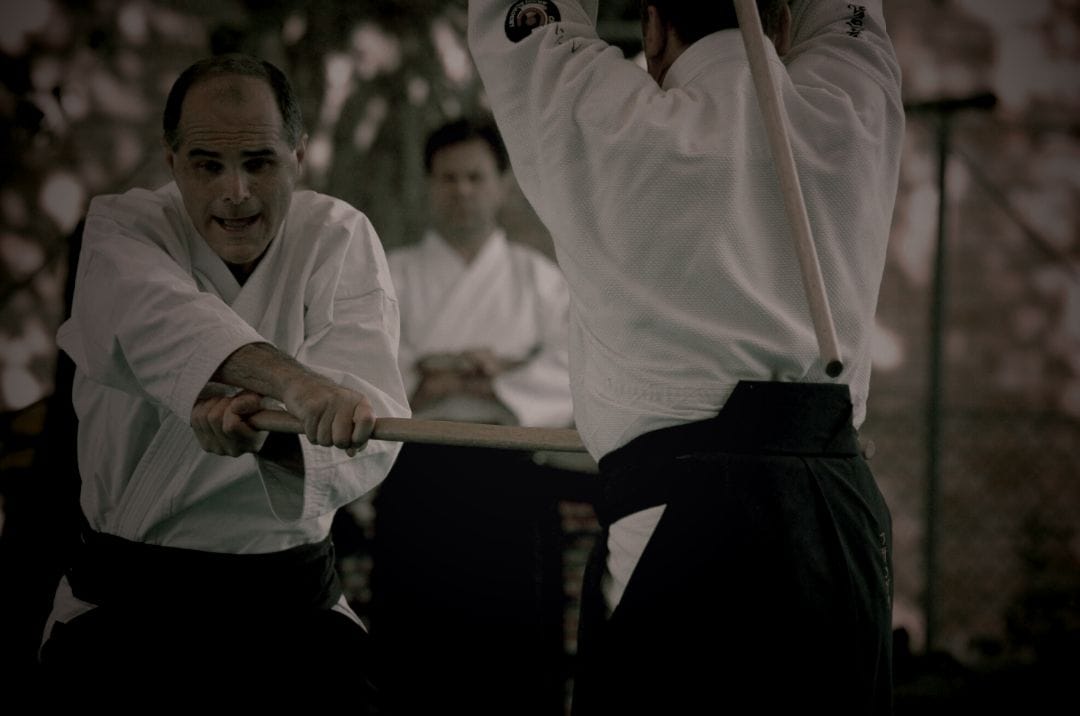At times, it's good to go back to the heart of the method to understand what's not there.
What's not in the method is the Aiki. What is there is the Aiki-do.
道 in Chinese is pronounced dào, which gave do in Japanese. This ideogram has the meaning of path and means.
Aiki-do is the way, the path of learning that leads to Aiki. Aiki-do is the means used to create the conditions necessary to achieve Aiki, it is a preparatory method for the body and mind, it is no more than that, it is certainly not Aiki.
Aiki-do is what you see, for example, in this Aiki-jo video:
9-10-11... kyu kara-juichi made... this is typically what the method looks like. It's an artificial arrangement, an exercise carried out under study conditions, with a view to initiation, it's a do.
Be aware that this work is not useless, in fact it is absolutely necessary, but one must understand that it is not a goal. Repeating sanju ichi no jo so as to find Aiki one day is an excellent thing. But repeating sanju ichi no jo for a lifetime in order to find nothing other than sanju ichi no jo, and being content with that, is a failure. This is why speed of execution and strength are meaningless in an exercise of this nature. Speed and strength are smoke and mirrors; they are in fact the make-up of failure. The cut of a great sword master, on the contrary, gives an astonishing impression of slow motion; it is powerful with suppleness, without the rigidity associated with strength.
What is sought through the Aiki-do method is Takemusu Aiki, Takemusu Aiki is beyond the method. And let it be clear that there are several methods, Morihiro Saito's method being only one of them. I personally consider it to be the best. But there's also Gozo Shioda's method and Koichi Tohei's method, which are interesting in many ways. And then there's the Aikikai method.

